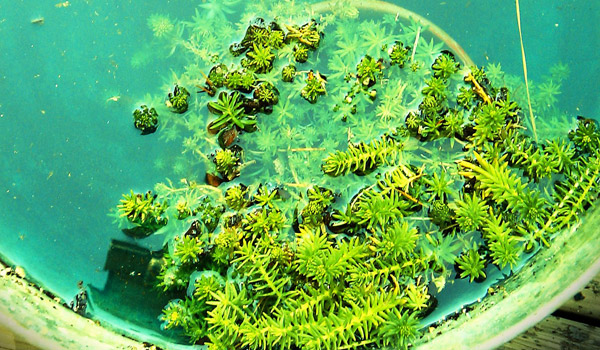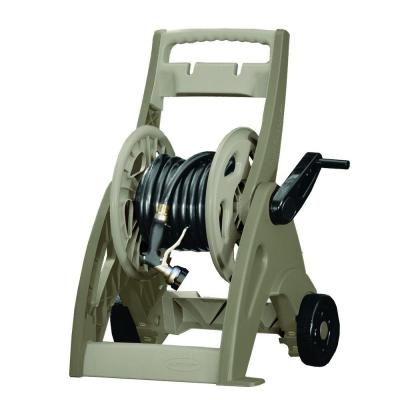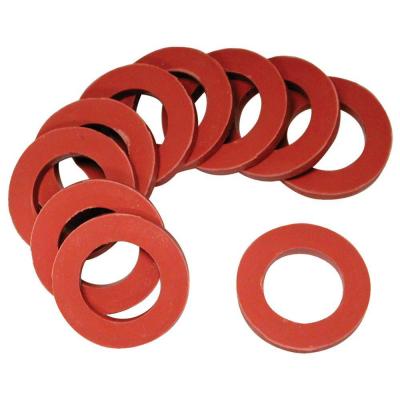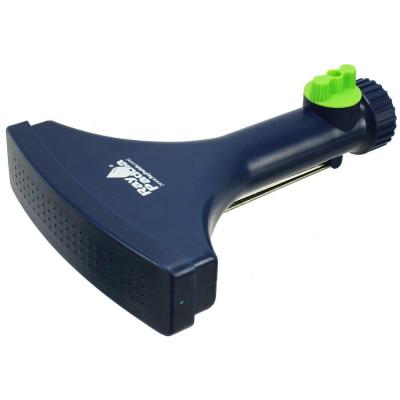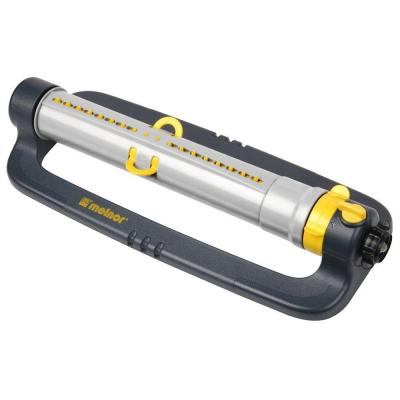Gardening: Guide to Watering
Cary, NC — After the wettest 12 months I can remember of my 16 years living here in Cary, we are now heading in to our “dry” season. Just in time, here’s CaryCitizen’s Guide to Watering your Garden.
That’s not to say we won’t get several “gully washers” as my Mom used to say, but we usually have extended rainless periods starting in June lasting through August. Our water bills reflect it. But when is the proper time to water your garden, and how do you know how much is enough?
How Often to Water?
Plants in the Ground
There are many factors which determine the amount of water needed to help plants and lawn thrive. Most need at least 1 inch of water per week in the warm season.
Get a rain gauge which you can place in the ground in areas you plan to water. An empty tuna can also works well. You can measure rain from the sky or output from your sprinkler.
Approximately 1 hour of watering per week with the sprinkler should be 1 inch of water. Of course, you will have to move that sprinkler around the entire area of your garden or lawn to achieve that 1 inch total for each area. When the soil feels “spongy” under your feet you have watered your lawn enough.
Plants in Pots
Plants in pots or containers may need more water than plants in teh ground, especially on the hottest days of summer. Generally, smaler pots need to be watered more frequently than large containers.
For small and medium pots, a good methodology is to plunge the container into a garbage can or wheel barrow filled with water. Submerge the pot – you’ll see air bubbles released from the soil. Keep the pot submerged until air stops bubbling out. Add a couple of tablespoons of soluble plant food to promote health and get the most out of flower blooms.
Submerging also has the benefit of killing many pests and bugs.
When to Water
The best time of day to water is the morning.
Try not to water when the sun is burning down on the spot you’re watering. Avoid watering in the evening as it can promote fungus, especially on lawns.
Don’t Over Water
Many plants are lost due to over watering. Lawns also become susceptible to disease from over-watering. Wilted leaves, discoloration or leaf loss could be signs of stress related to over-watering.
As a general rule, let the soil mostly dry out before watering. Just don’t let it get bone-dry for many days in a row.
How to Determine if Plants Need Water
Plants that need water may get a wilted or dry look. Lawns that need water get crackly underfoot.
You can also check the soil with your finger or a trowel to feel if there is any moisture. If the dirt feels dry and crumbly, time to water!
Mulch!
A good layer of mulch preserves moisture in the soil. It also cools the soil and holds down weeds.
Save water and gives your plants a good summer with a generous layer of mulch. We like double or triple shred hardwood mulch.
Watering Implements
Hose Keeper – We like the type with a handle to roll up the hose around a central drum. We keep this rig attached to the spigot with a short marine hose.
Washers – Replace them every year. No one likes a leaky hose.
Simple Hand Sprinkler – For watering small beds, pots and individual plants, a hand-sprinkler is the way to go. Some folks like a wand, but we use a simply screw-on plastic attachment.
Oscillating Sprinklers – These are the sprinklers that go back and forth, covering a large area of garden or lawn. We like the kind that lets you control back and forth motion as well as side-to-side width.
At the garden store, you’ll also find an assortment of rotating sprinklers, pattern sprinklers, even sprinklers that masquerade as sculpture in the garden.
Whatever suits your garden (and your lifestyle), keep your lawn and flower beds well-watered during the hot summer months in Cary.
—————————————————————————————————————-
Story by Lindsey Chester and Hal Goodtree. Sprinkler photo by Robert Couse-Baker.
—————————————————————————————————————-
The Gardening column is sponsored by Garden Supply Company on Old Apex Road in Cary.


